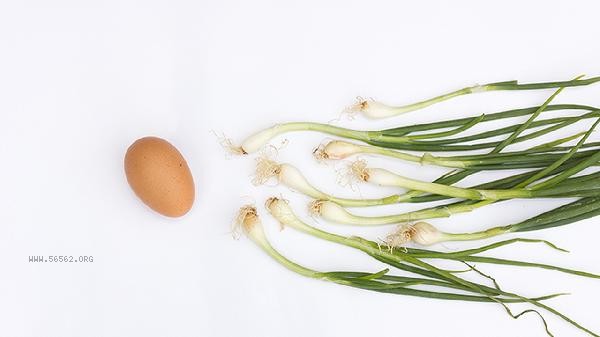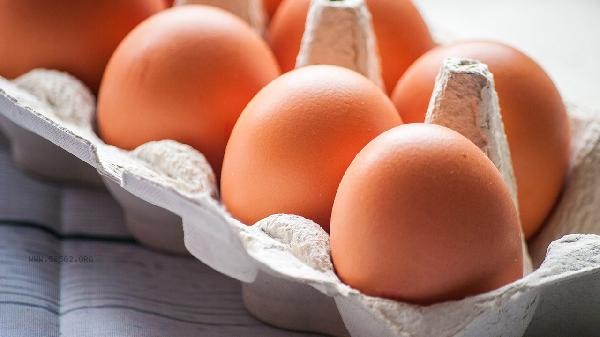The key to a tender and smooth texture of scrambled eggs lies in controlling the heat, stirring method, and adding ingredients. There are mainly techniques such as selecting fresh eggs, stir frying at low temperature, adding a small amount of liquid, flipping at the right time, and timing of serving.

1. Choose fresh eggs
Fresh eggs have high egg white viscosity, complete protein structure, and are easier to form a delicate texture when stir fried. Eggs that have been stored for a long time may become thinner and harder when stir fried. When selecting, eggs can be placed in water, and those that sink to the bottom will be fresher. Refrigerate the eggs for half an hour before hatching, as the egg mixture at low temperature is more likely to produce even bubbles.
2. Low temperature slow stir fry
Use medium to low heat to heat the pan, and pour in the egg mixture when the oil temperature is 30-40% hot. High temperatures can cause proteins to quickly solidify and harden, while low-temperature slow frying can allow the egg mixture to be heated slowly and evenly. It is recommended to heat the empty pot first and then pour oil. After the oil is heated, adjust it to low heat and then pour egg liquid. Cast iron pots or thick bottomed non stick pots are more suitable for temperature control.
3. Add a small amount of liquid
Add about 5 milliliters of water or milk to each egg to increase the water content of the egg mixture. Liquid generates steam when heated, causing eggs to form a fluffy texture. Be careful not to overdo it, otherwise it may cause water to flow out. Cooking wine or starchy water can also replace plain water, but it should be kept within one teaspoon to avoid affecting the original flavor.

4. Flip the egg mixture at the appropriate time and pour it into the pot. Let it stand for 10 seconds to allow the bottom to solidify, then slowly push it from the edge to the center with a spatula. When 70% of the egg mixture solidifies, turn off the heat and cook the remaining part with the remaining temperature. Excessive stir frying can damage the tender and smooth structure of eggs. It is recommended to use a silicone spatula for gentle operation. You can use the spoon shaking technique to evenly heat the upper egg mixture.
5. Cooking Time
When the surface of the egg is slightly shiny and there is no flowing egg liquid, immediately remove it. At this time, the center temperature is about 70 degrees Celsius, which is the freshest and most tender. The residual heat will continue to heat the eggs, and they will reach a fully cooked state just after being put on a plate. If fully cooked in a pot, it is easy to age when served. Warm the plate in advance to prevent eggs from coming into contact with the cold plate and cooling down too quickly.
In daily cooking, you can try different ingredient combinations to improve the flavor. For example, the onion white can be used to stir fry the scrambled egg with scallion, and the Stir-fried tomato and scrambled eggs should be fried with soft tomato before mixing the egg liquid. Pay attention to using fresh vegetable oil to avoid odors, and keep the cookware clean throughout the frying process. When paired with rice or bread, tender and smooth eggs can better highlight the original flavor of the ingredients, and the nutrients are also easier to digest and absorb. Control the amount of cooking per time, stir fry and eat immediately to ensure the best taste.









Comments (0)
Leave a Comment
No comments yet
Be the first to share your thoughts!